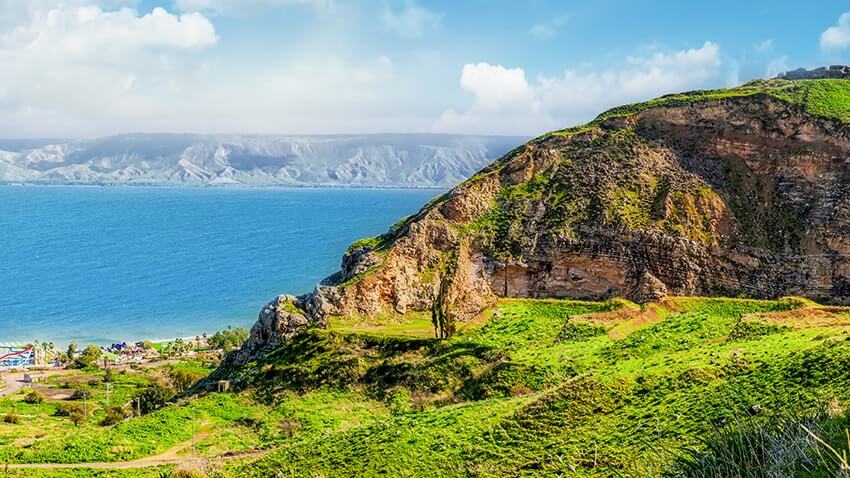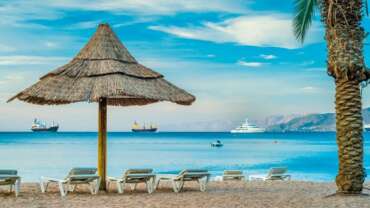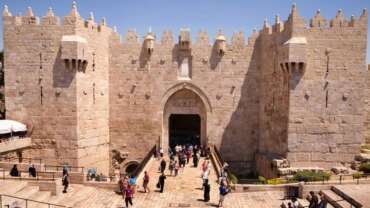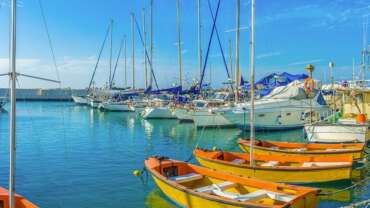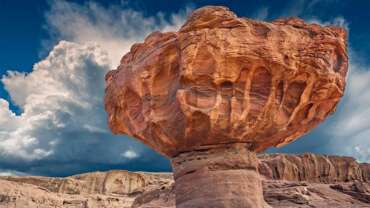Galilee
Most of northern Israel is generically known as The Galilee (Galil in Hebrew). It stretches virtually from the Mediterranean to the harp-shaped Sea Of Galilee and River Jordan on whose shores vast history has been made. Here is Mount Gilboa where King Saul and his son, Jonathan, died in battle against the Phillistines. Hazor, according to historical biblical texts Deborah killed Sisera. Here, at Mount Meron, is the grave of Rabbi Hillel. Here in Tzippori, Hamat Tveriya and Bet Alpha, gorgeous 1,800-year-old synagogue mosaics have been discovered. Here is Armageddon (Megiddo) where Solomon built giant stables. Here is the lakeshore city of Tiberias, one of the “Four Holy Cities of Judaism” (another is Galilee’s Safed), which reached fame 2,000 years ago as one of the chief locations in which the Talmud was written.
The restoration of the Jewish homeland in the period beginning in the 1880’s was largely centered in the Galilee, and in the ensuing 130 years a much neglected landscape of not much more than olive trees has been transformed into one of the most fertile areas in the world. Here are dozens of kibbutzim and independently owned farms – whose produce feeds not only Israelis but is also flown daily to the grocery stores and flower markets of Europe. Here are some of Israel’s 300+ vineyards producing award winning wines. And here are pretty villages, towns and cities including Nazareth and Carmiel.
In addition to hotels and very comfortable kibbutz guest houses, the Galilee is filled with dozens of country bed-and-breakfast accommodations, known as zimmerim. Many offer luxurious accommodations, including pools, and make a delightful base for relaxing and touring.
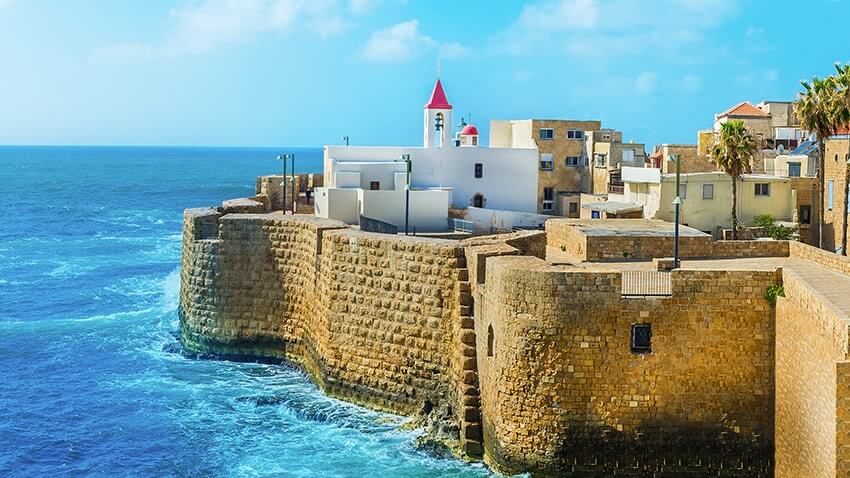
Acre
Recognized by UNESCO as a World Heritage Site, visiting Acre (Akko) promises visitors an emotional journey to a glorious past and a one-of-a-kind experience. An ancient and wondrous city, Akko boasts many remarkable sites including the remnants of the Hellenistic-Roman period as well as structures from the Crusader and Ottoman periods.
Much more than a historical and archeological marvel, Akko also has colorful Oriental markets, museums, beaches and water sports facilities, a fishermen’s port, marina, restaurants, hotels, and annual picturesque festivals – all that and more are just a few of the city’s fantastic tourist attractions.
The city’s fascinating historical heritage, its rare blend of East and West, authentic glimpses from the past and unique remnants from different cultures, have all made Akko into one of the most vital Ancient World cities.
The Knights’ Halls
A magnificent tour of the halls of the Hospitallers Order’s Fortress from the Crusader period. Discover the amazing remains of the ancient Order, the renovated and stunningly reconstructed halls, courtyard and surrounding streets, and step into history as a 4,000-year old story unfolds before you within the halls of the citadel.
Be sure to visit the streets, chapels, stores and the Arts and Crafts Market, featuring artisans from the Crusades era, offering their wares: blacksmiths, glass blowers, potters, weavers, embroiderers, leather craftsmen, basket weavers, perfume and oil craftsmen, and more.
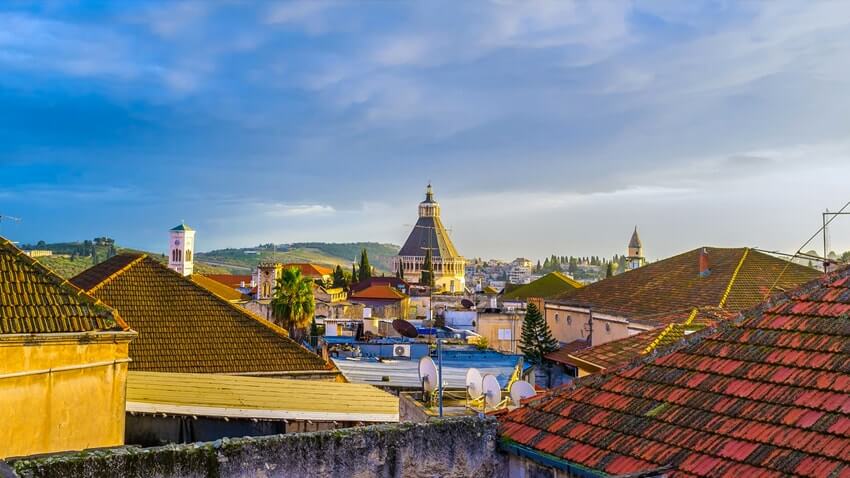
Nazareth
A blend of faiths and cultures – See the “Cradle of Christianity” come alive before you.
World renowned as the childhood home of Jesus, Nazareth is the largest Arab city in Israel, and an important site for pilgrims and tourists, coming to visit the Basilica of the Annunciation. bustling mini-metropolis, Nazareth offers shop-lined thoroughfares, stone-paved alleys lined with Ottoman-era mansions, and in recent years, has been reinventing itself as a sophisticated cultural and culinary destination. Everything in Nazareth is open for business on Shabbat (Friday night and Saturday) and its friendly vibe and stunning location, right in the middle of the Lower Galilee (about 15 miles West of the Sea of Galilee), makes it a beloved stop on many tourists’ routes.
An ancient city blending rich history, fascinating archeology, modern culture and Middle Eastern charm.
Nazareth, or Natsrat as its name is pronounced in Hebrew, is the cradle of Christianity, the city where, according to tradition, the angel Gabriel told Mary that she would conceive by the power of the Holy Spirit, and the place where Jesus spent his childhood and youth. Nazareth, in the lower Galilee, is located in the heart of a valley surrounded by mountains that embrace several of the most important Christian sites in the world. This is a city of religion and faith, of spirituality and holiness, but also a city with a rich history, fascinating archeology, modern culture and Middle Eastern charm.
The Cradle of Christianity
Nazareth, which began as a small Jewish village about 2,000 years ago, became a stronghold of Christianity in the Byzantine period, just a few hundred years later. During that period the name of Nazareth spread far and wide, and the yearnings to see the place where the Virgin Mary and Jesus Christ had lived turned the city into a popular pilgrimage site. These visits led to the building of the city’s first church – the Church of the Annunciation at the traditional site of Joseph and Mary’s home. Many more churches have been built throughout the city, and were destroyed and rebuilt with the changes in Muslim and Christian rule over the centuries. In the 19th century Nazareth attracted renewed interest and Christians returned to live in this city and rebuilt churches and monasteries. Today Nazareth is the largest Arab city in Israel and has about 30 churches and monasteries, as well as mosques and ancient synagogues.
A taste of the old city
A tour of Nazareth is like reliving its various periods. Every era left behind it a powerful symbol that became a delightful and popular tourism site in the modern era. Most of the sites are concentrated in the Old City, built in the mid-19th century in a charming Middle Eastern architectural style. A walk through the narrow streets, between the picturesque houses, is an amazing experience and it is worth walking slowly to enjoy their beauty.
There are many ancient churches in the Old City, with the Church of the Annunciation heading the list. The rebuilt church retained parts of the previous churches, from the Crusader and Byzantine periods. The church also houses an impressive collection of paintings.
Right next to this church is the Church of Saint Joseph, built on the ruins of agricultural buildings where, according to tradition, Joseph, Mary’s husband, had his carpentry shop. While the Church of the Annunciation was built on the site of Mary’s home, the Greek Orthodox Church of the Annunciation is built over Mary’s Well, from which Jesus mother is said to have drank. This is a structure from the Crusader period and has some interesting frescoes. Right next to Mary’s Well is the Greek Orthodox Church of the Annunciation, inside a Crusader hall. According to tradition, this is the location of the synagogue in which Jesus prayed.
Among the many other churches in Nazareth are the Mensa Christi Church, the Maronite Church, St. Gabriel’s Church and the Salesian Church. The Old City also has important buildings from the Ottoman period, including the Saraya, or Government House, built by Daher el Omar, the governor of the Galilee in the 18th century, and the White Mosque, which is used today as a house of prayer and an education and culture center. The White Mosque also houses a museum with exhibits that document Nazareth’s history.
No tour of Nazareth’s Old City would be complete without a visit to the local market, which has become a popular and well-known attraction thanks to the colorful stalls and the variety of merchandise. In the market you can enjoy a visual feast of fashionable fabrics, taste the spices and local foods, and by artwork and souvenirs. All the sounds, sights, smells and flavors promise an authentic Middle Eastern experience.
Glimpse to a Middle Eastern charm
Nazareth is full of fascinating and lovely corners that will open your heart to their beauty. Another place that is worth visiting during a walking tour is the Nabi Sain ridge promenade to enjoy the marvelous view of the Galilee. You can visit the ancient Turkish bath house discovered during renovations to one of the city’s stores, take a peek at a fancy manor house with a display of the riches and customs of the Ottoman upper class in the 19th century, including some amazing frescoes. Also worth visiting is the Greek Orthodox bishop’s house, where you can walk through a series of underground passages discovered in the courtyard. Another interesting site is the compound built by the Russians as a hostel for pilgrims.
Nazareth, which has welcomed pilgrims for centuries, has Christian hostels and fancy hotels for the comfort of the tourists who throng to this important site, especially around Christmas. Dozens of restaurants serve delicious foods with wonderful aromas foods that attract visitors all year long. Nazareth is glorious during Christmas, when the city is decorated for the holiday and its colors and excitement join the holy atmosphere and the sounds of prayer emanating from the city’s churches.
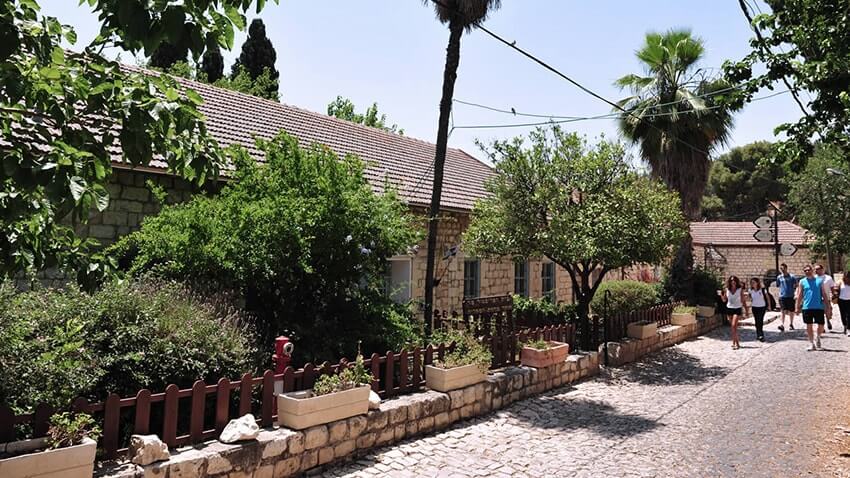
Rosh Pina
Turn back the clock in the authentically picturesque Galilee village
Known as the Princess of the Galilee, Rosh Pina is home to the perfect mix of natural, cultural, historic and entertainment hotspots. A beautifully restored, serene northern village where aged olive trees and quaint homes are surrounded by lush golden fields, Rosh Pina is just the place for a leisurely and relaxing vacation, where visitors can relive village life as it was, over a century ago.
Where magical silence is broken only by chirping birds
In search of a serene nature-filled location, reminiscent of Italy’s Tuscany or France’s Provence? Head north to Rosh Pina, where breathtaking rural landscapes are unhindered by the village’s attractions and you will feel as if transported to an era long ago. Choose from the many available guest houses, outfitted to provide maximum hospitality and interspersed throughout the village’s romantic alleyways, unadulterated by the bustle of the big city and breathing new life into the bewitchingly quaint and hospitable community.
Take advantage of the local natural beauty and traipse through stunning green hiking pathsaround Rosh Pina’s river or about the Baron de Rothschild’s Gardens, reportedly modeled to resemble the grand gardens at Versailles. Breathe in the fresh air and enjoy the sheer natural beauty as you stroll, becoming one with nature and recharging your batteries.
A vacation colony with a unique, artistic charm
Stroll about the village’s cobblestone streets, reminiscent of old European towns, and you will encounter a delightful cultural and artistic atmosphere surrounded by magnificent Galilee mountains. A place of trendy coffee shops, gourmet restaurants, art galleries, museums, festivals, historical sites and a shopping center, the city is teeming with antiquity, culture, nature and culinary delights, together recounting the history of the first “Galilee Moshava” (town) and the establishment of Jewish communities in Israel.
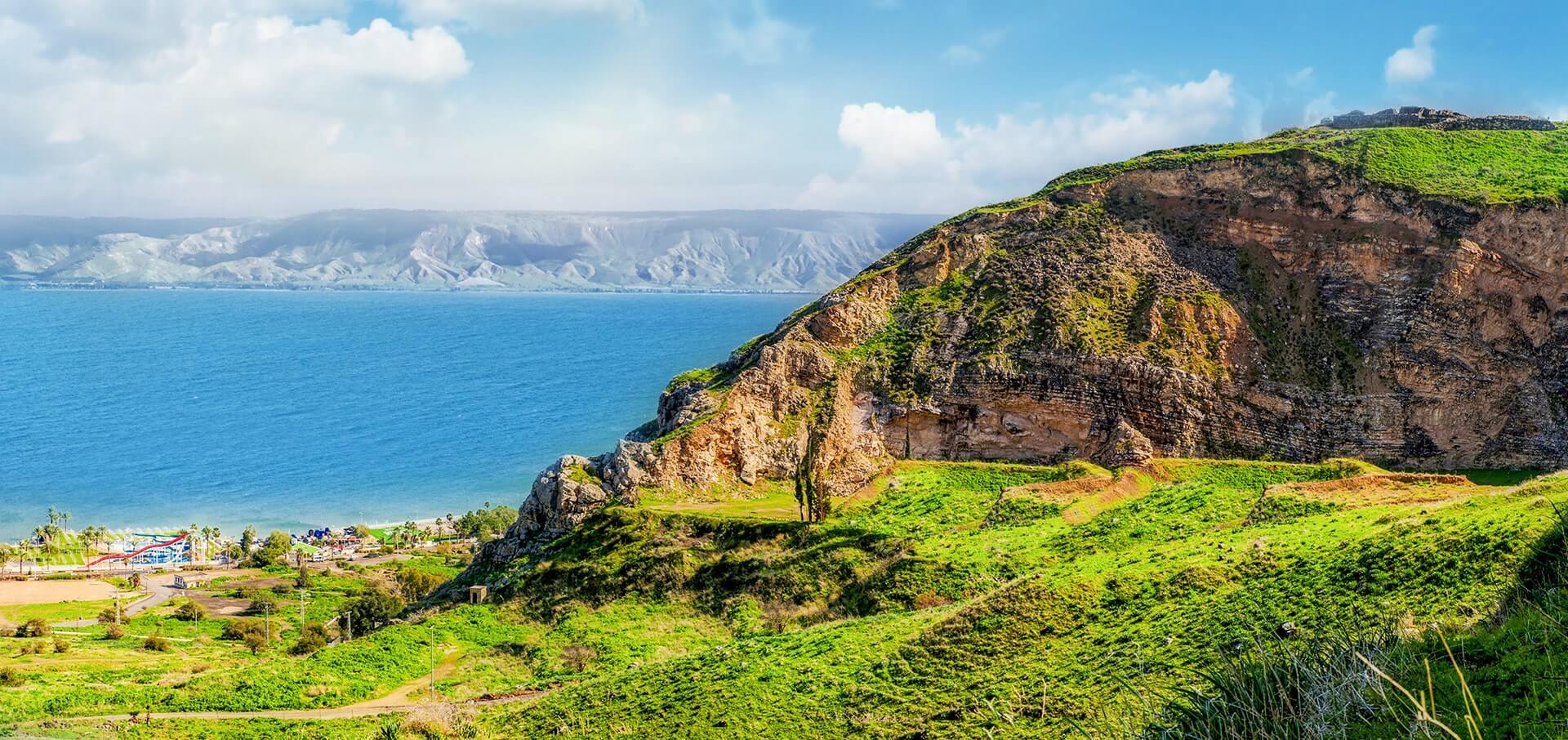
Tiberias (Tverya)
Located at the shores of the Sea of Galilee, Tiberias, the capital of the Galilee, was established in the early Roman period and has served as a religious, administrative and culture center of the Jewish people for many years.
In addition to its rich history and significance, modern day Tiberias is synonymous with holiday in Israel. Here one can enjoy a variety of activities the city has to offer, and experience a wonderful mix of relaxation, nature and history, along with contemporary attractions, active water sports, pilgrimage sites and unique tourist attractions.
A visit to Tiberias is not complete without a visit to its surrounding area, which features many must-see sights, including The city Bet Shean, one of the oldest cities in the world, and one of the country’s largest archaeological sites; Magdala (Migdal) the ancient town on the Sea of Galilee which was home to many of Jesus’s disciples and is said to have been the home of Mary Magdalene; Megiddo, a beautiful and impressive national park and one of the most important archeological sites in Israel from the time of the Bible. Once an ancient city of critical strategic importance, Megiddo is a UNESCO World Heritage Site, and an inspiring location for lovers of history and archeology.
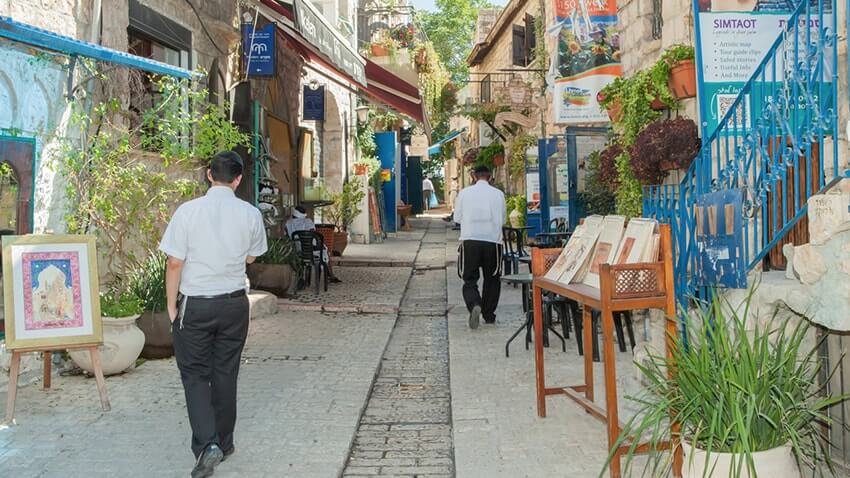
SAFED – WHERE MYSTICAL MEETS THE WORLDLY
With endless views that extend into distant horizons and pristine mountain air, Safed will instantly captivate you the moment you arrive. Known as the capital of Jewish mysticism past and present, this breathtaking ancient hilltop city is the highest in the Galilee and all of Israel – geologically and spiritually. One of the four sacred cities in Judaism, Safed offers a palpably mystical journey that will leave you in awe of its profound energy.
A short drive from the revered Sea of Galilee, Safed welcomes you with quaint cobblestone alleys and numinous architecture. Listen as the many souls of history share their secrets through an old fortress erected by the Crusaders, the Mamluk, Ottoman and British influences, the War of Independence Monument, as well as a deep sacred history embodied by extraordinary synagogues and ancient tombs.
The Eternal Kabbalah Capital
From Rabbi Shimon Bar-Yohai, the 2nd century author of the foundational work on the Kabbalah known as the Zohar, to Ari HaKadosh, the father of contemporary Kabbalah, Safed has been home to Judaism’s highest mystics and their devout students. It was 16th century when Ari HaKadosh “democratized” Kabbalistic teachings by bringing in a new understanding – one that allowed Kabbalah to reach the laymen.
As you walk from one synagogue to the next, you’ll feel just how Safed became the unchanging home for such a long lineage of spiritual aspirants, regardless of all that history threw their way. The Abuhav Synanogue whose architectural elements embody numerical mysticism, the Ari Ashkenazi Synagogue dedicated to Ari HaKadosh, and the Yosef Caro Synagogue will all transport you through time and into mysticism’s upper worlds.
An Inspirational Old City
Add more unforgettable moments to your trip by walking the winding cobblestone alleys in the Old City, viewing unique stone buildings and continuing on to the Artists’ Colony. Home to quality galleries that will introduce you to the exquisite works of local artists, including a wide variety of Judaica, this part of the Old City is for lovers of all things art. The Doll Museum and the Museum of Printing Art are special must-see for the culture-hungry.
Safed can be as nourishing for your body as it is for your soul – the Old City’s eclectic food offerings promise to please every taste and budget. From Yemenite pancakes and street food to unexpected delicacies at sit-down restaurants, you’ll find all that you’re looking for and more in this gracious city of deep traditions.
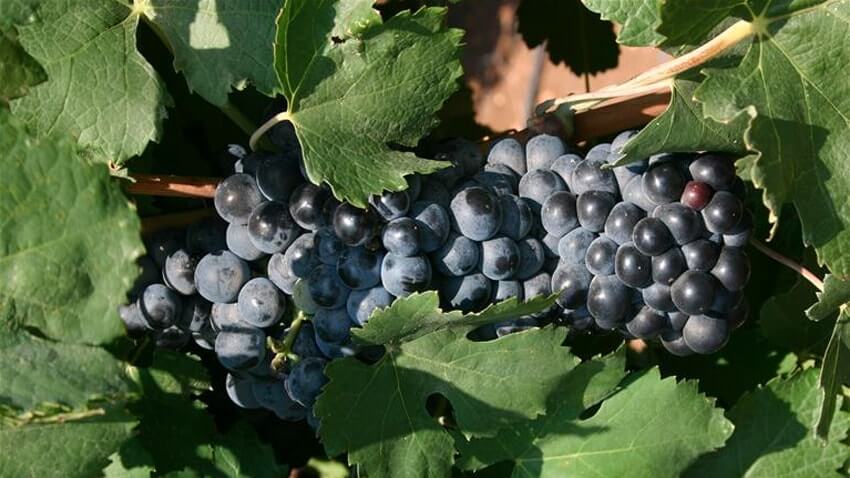
DISCOVER THE WINE ROUTES
Discover a different Israel through it’s wineries and vineyards, through the passion of the people who are crafting award winning wines from home grown grapes.
Enjoy vintage wines, gourmet foods, and gorgeous scenery. Spend time experiencing Israel as you never have before, as a Wine Connoisseur! The beauty of these routes in Israel is of course the authentic wine but also the incredible landscapes that surround the wineries. Many of the wineries are situated near ‘Zimmers’ which are little spa complexes that are dotted around northern Israel. They have little cabins with Jacuzzis that face out to the magnificent views of the rolling green hills. You can relax in your personal cabin with a splendid glass of wine from the local winery.
The Middle East & Eastern Mediterranean was the cradle of wine production, and the ancient land of Canaan is in fact one of the earliest countries to cultivate wine over 2,000 years before the vine came to Europe.
There are currently over 25 commercial wineries and over 150 boutique wineries in Israel where wine making has become a personal obsession with wine makers striving to produce world class wines.
Israel like other ‘long’ countries such as Chile or Italy enjoys a variety of microclimates. While the northern region gets much rain and even snow in the winter, just a few hours away Israel’s southern region is very arid with desert conditions. This range in microclimates supports many grape varieties, which can grow on several different types of soil, yielding excellent results.
As always in matters of taste, you must visit Israel’s wineries and vineyards and decide for yourself which is your favourite!



